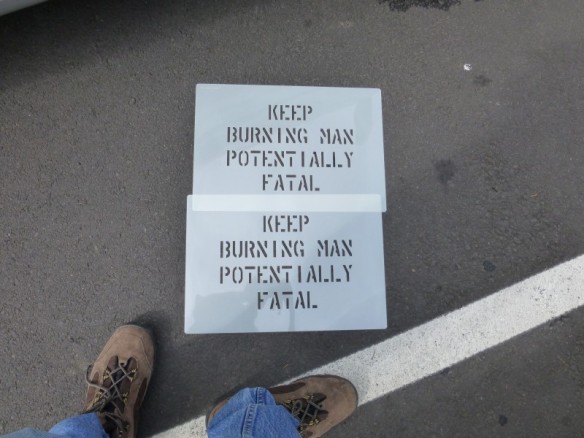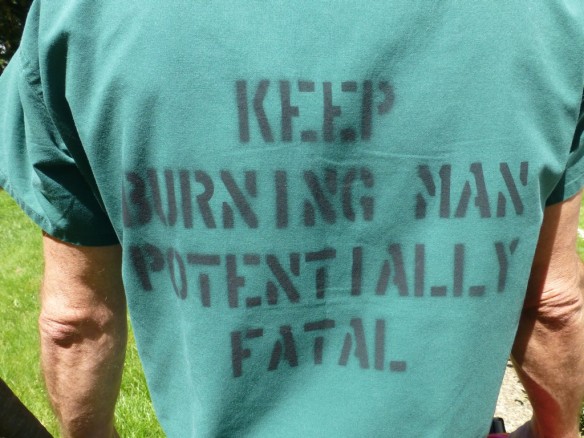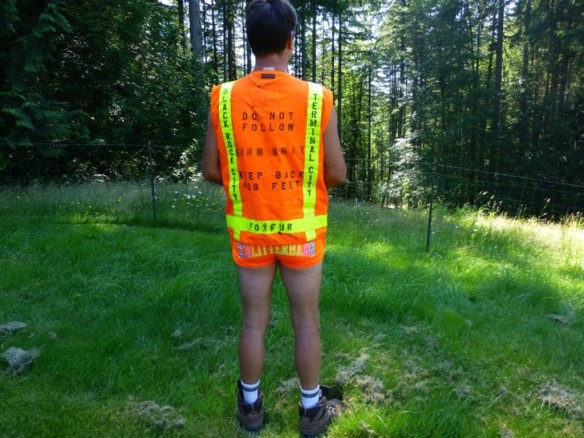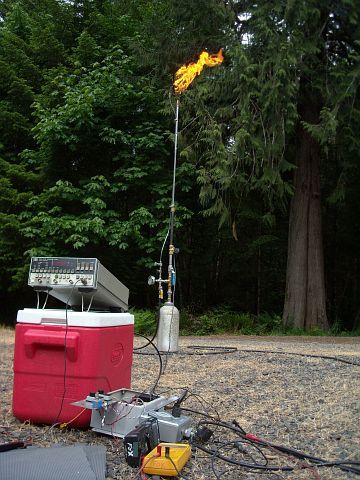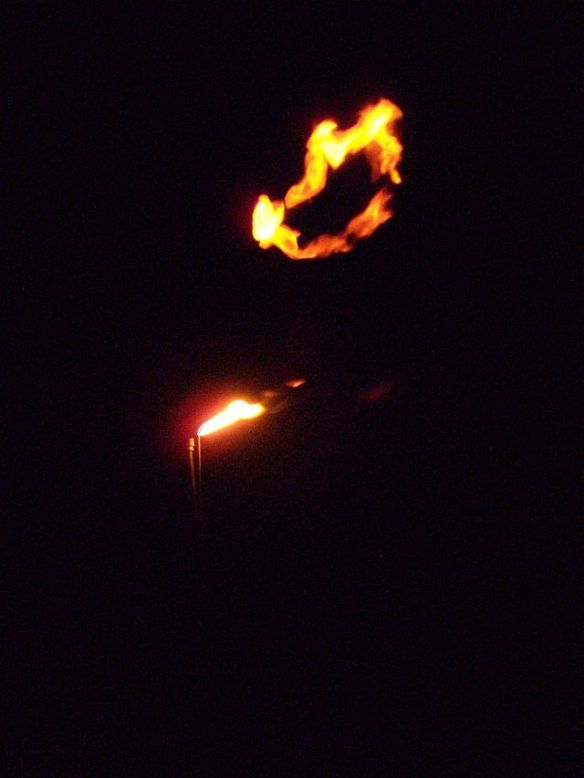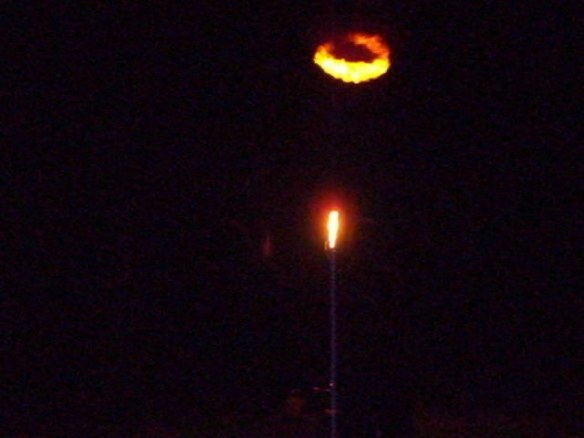What started as a simple paint job has taken on a life of its own. Each day I see something that can be added or improved upon. Each day brings more WTF looks, WHY? comments, and COOL! compliments. In addition to the appearance enhancements, I have been treating Rambette to many badly needed structural upgrades and powerplant maintenance services. These last two have me at around $1,500 which isn’t as bad as it initially sounds. I’ve saved massive amounts of money by changing the oil every 30,000 miles (instead of 3,000 miles as recommended by big oil and their whores at the motor oil companies) and neglected nearly every other maintenance procedure. You know the old saw about not fixing what’s not broke… Rambette is at 108,000 miles and still going strong.
Recent maintenance points:
New engine oil, differential & transfer case gear oil, power steering fluid, brake fluid, and engine coolant & thermostat
New spark plugs and wires
New shocks, coil springs, and sway bar end links
New mass air flow & throttle position sensors
New parking brake shoes
New PCV valve and hose
New driver’s side power mirror
New serpentine belt and idler pulley
New front CV halfshafts (axles)
All of these I have done myself and saved a couple thousand dollars in the process. Most of these things YOU, dear reader, can do for yourself. All it takes is a manual, a little bit of time, and suspension of disbelief in yourself. You may have to buy some tools but the cost of these is inconsequential in the big picture. You will still save money, lots of it, and have some pretty cool tools to mystify your friends with.
Recent appearance upgrades include:
Tail light blackouts
Hood, body, and trim details
Lift points on the hood
More paint…
Enough words, more pictures!
To get to the spark plugs, remove this…
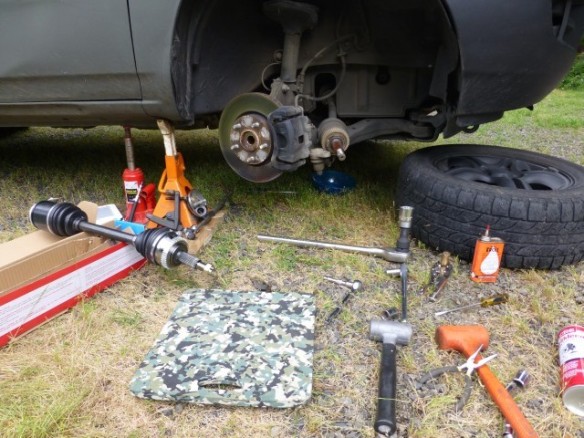 Installing the new axles. Foxfur loves him some big and sexy tools. The ratchet drive handles pictured are 3/8, 1/2, and 3/4 inch. The 3/4 inch drive handle is not absolutely necessary but sure is handy. The set I have (Proto) will cost you around $600 unless you can find a used set. Mine were free. Right time & place and all that.
Installing the new axles. Foxfur loves him some big and sexy tools. The ratchet drive handles pictured are 3/8, 1/2, and 3/4 inch. The 3/4 inch drive handle is not absolutely necessary but sure is handy. The set I have (Proto) will cost you around $600 unless you can find a used set. Mine were free. Right time & place and all that.
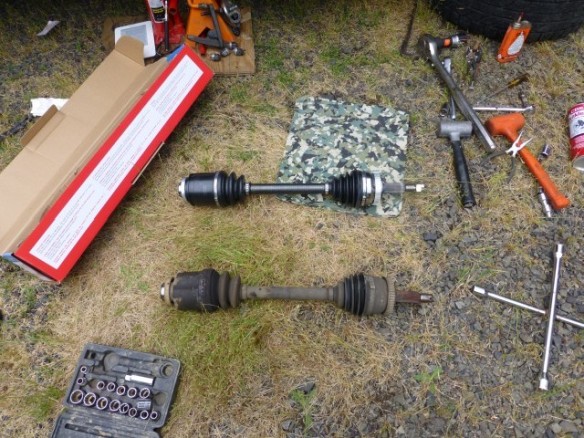 New at the top, old at the bottom. The old rubber boots were torn and letting in dirt and crap. It took less than 1 hour per side. To put that in perspective, the spark plugs took 3 hours. It would have been faster but me & Mr. PBR took our time…
New at the top, old at the bottom. The old rubber boots were torn and letting in dirt and crap. It took less than 1 hour per side. To put that in perspective, the spark plugs took 3 hours. It would have been faster but me & Mr. PBR took our time…
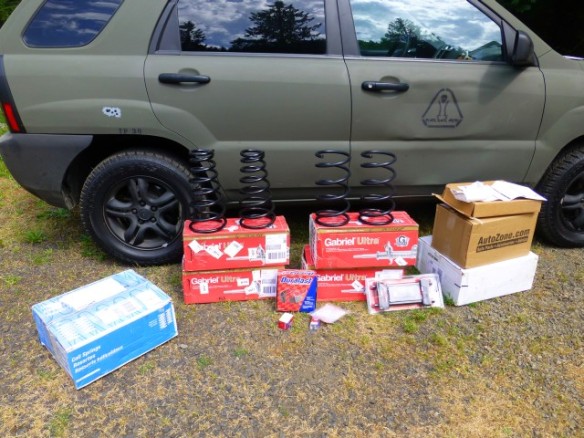 Struts, coil springs (and new tool: spring compressor!), cabin filter, MAF, TPS, PCV, etc.
Struts, coil springs (and new tool: spring compressor!), cabin filter, MAF, TPS, PCV, etc.
On to the appearance upgrades.
The tail lights were so bright as compared to the paint job that I decided it was time to balance them out. I initially used a tinting spray:
 It’s from VHT. I wasn’t very impressed. It’d be ok for building a normal rice racer but looked a bit too glossy for Rambette. I remasked the lights and shot them with flat black.
It’s from VHT. I wasn’t very impressed. It’d be ok for building a normal rice racer but looked a bit too glossy for Rambette. I remasked the lights and shot them with flat black.
 I came up with the design on the fly and ended up with this. Now it looks like this:
I came up with the design on the fly and ended up with this. Now it looks like this:
 They are nice and bright at night but look cool as hell 24 hours a day.
They are nice and bright at night but look cool as hell 24 hours a day.
A friend posted this pic of a Hyundai Elantra on my Facebook page:
Find the entire story here.
It gave me the idea for my next project.
I had a box of 500 3/8 x 1 inch long stainless steel bolts lying around just waiting for that special project. In just 24 hours it went from this:
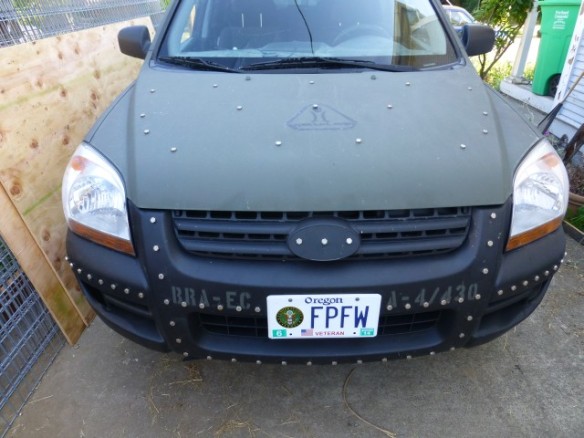
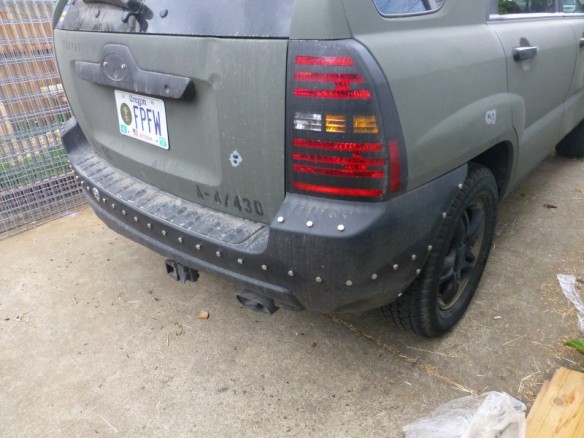
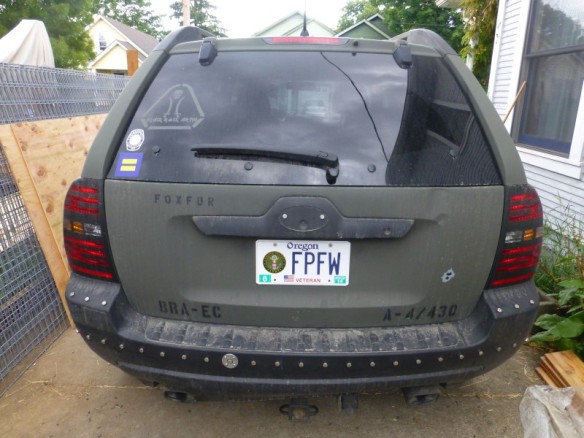

 The lift points are simple 1/2 x 5 1/2 inch U-bolts from the hardware store.
The lift points are simple 1/2 x 5 1/2 inch U-bolts from the hardware store.
I also got my veterans license plates! $34 to the state. If you’re a vet please look into getting yours. It will increase public awareness of just how many of us are out there and will allow vets to identify each other.
One night last week I was out in the front yard testing out Grizelda MK VI, my fire poofer, after upgrading the accumulator with an old 5 gallon propane tank. The accumulator allows more on demand volume for poofier flames.
What once looked like this:
 And just for poops and guffaws, I decided to see how it would look atop Rambette:
And just for poops and guffaws, I decided to see how it would look atop Rambette:
One more Burning Man related score. I found some hot short shorts that match my orange unsafety vest!
Until next time…

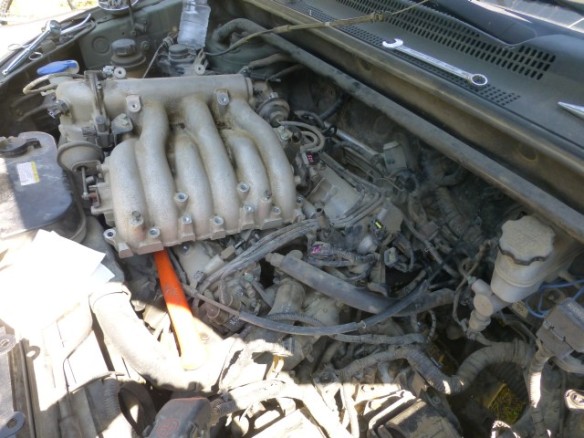
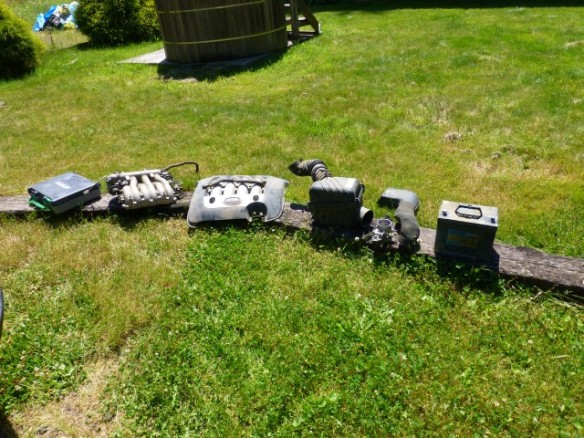
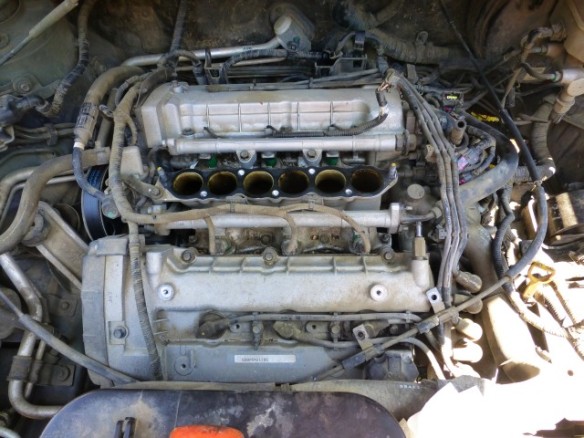
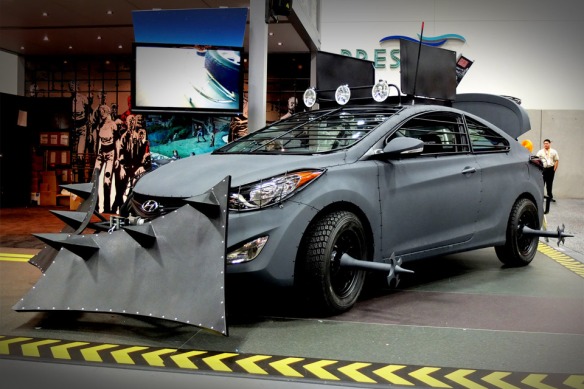

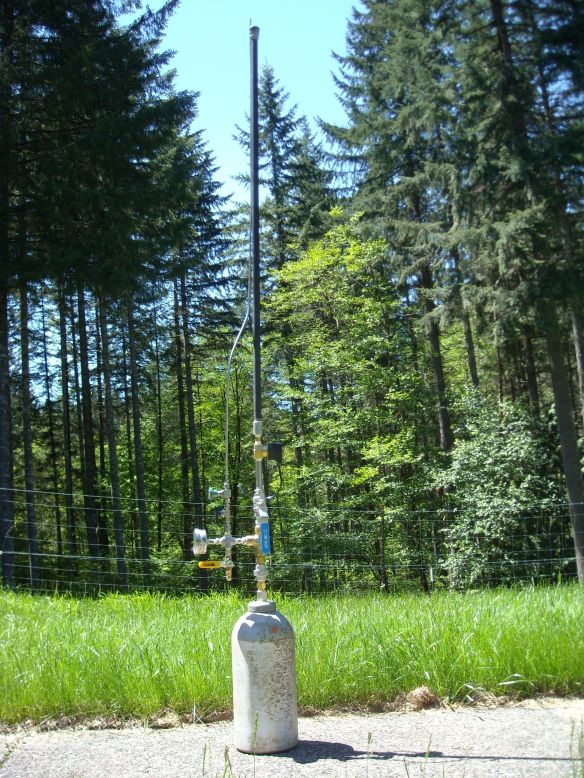
![P1010837.MP4_snapshot_00.03_[2012.07.15_20.26.25]](https://foxfuramused.files.wordpress.com/2012/07/p1010837-mp4_snapshot_00-03_2012-07-15_20-26-25.jpg?w=584&h=328)
